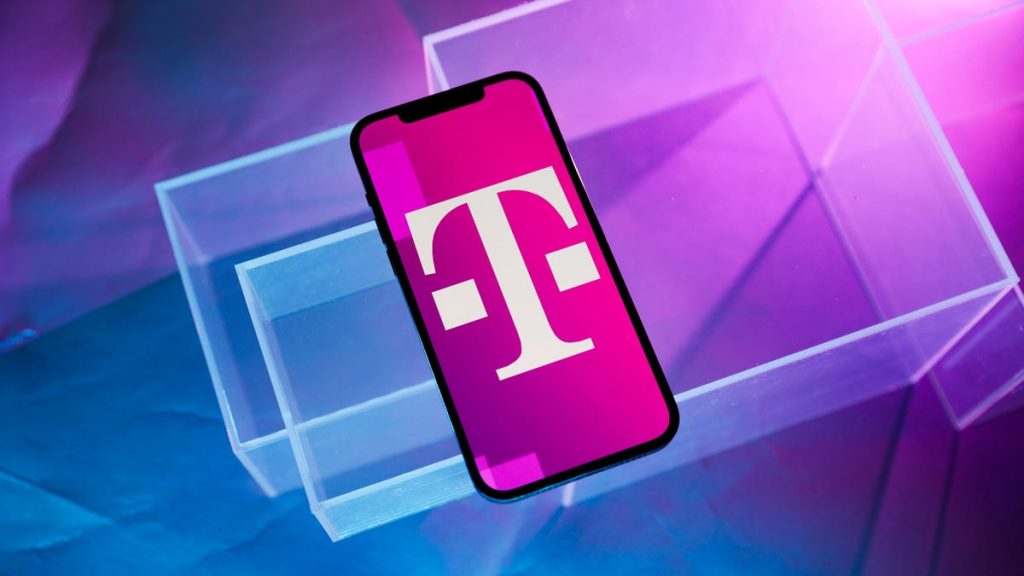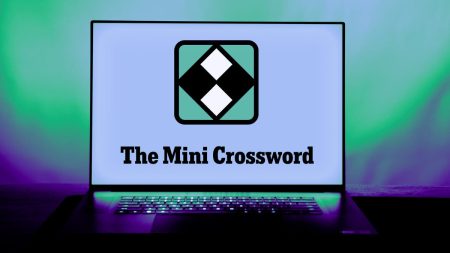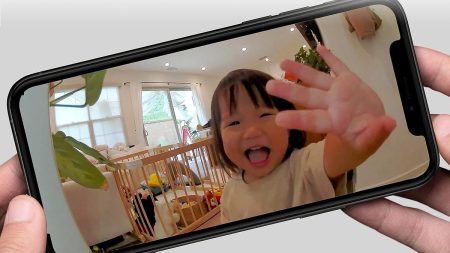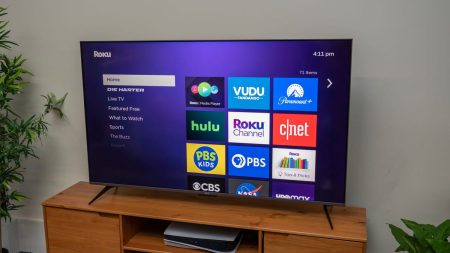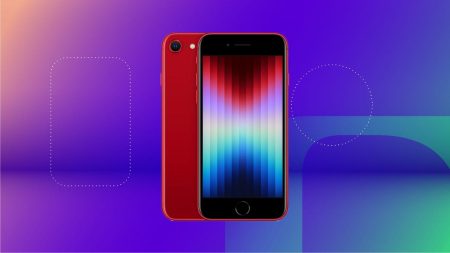T-Mobile and SpaceX Launch Satellite-Based SMS Service in New Beta Program
Late last year, T-Mobile announced its plans to begin beta testing SpaceX’s Starlink satellite service, and it seems the program is now officially underway. The carrier is expected to unveil during the Super Bowl that it has started rolling out access to its satellite-based SMS service for eligible users. This new initiative marks a significant step in T-Mobile’s efforts to expand connectivity to areas traditionally underserved by terrestrial networks.
As part of the beta program, users will be able to send SMS text messages outdoors, even in regions where T-Mobile’s standard cellular coverage is unavailable. The service will be free for all T-Mobile postpaid customers, as well as AT&T and Verizon users, through July. After that, T-Mobile plans to charge $15 per month for the service as an add-on to its plans, though customers who sign up this month can lock in a discounted rate of $10 per month. AT&T and Verizon customers will have the option to continue using the service for $20 per month without switching carriers, provided they have an unlocked device that supports eSIMs.
T-Mobile will manage sign-ups for the beta on a first-come, first-served basis through its website. Once users register, the carrier will notify them when their access is ready. Interestingly, T-Mobile initially didn’t plan to extend this service to AT&T and Verizon users but reconsidered after Verizon ran an ad featuring astronaut Buzz Aldrin promoting satellite texting on its network. The ad, which has garnered over 8 million views, seemed to prompt T-Mobile to act quickly and one-up its competitor.
Expanding Coverage to Rural and Remote Areas
T-Mobile and SpaceX have positioned this initiative as a way to bridge the connectivity gap in rural and remote areas where terrestrial networks often fall short. The two companies have already deployed over 450 satellites, providing coverage to 500,000 square miles of terrain that was previously inaccessible. T-Mobile’s Senior Vice President of Marketing, Clint Patterson, emphasized that the goal is to ensure users can stay connected as long as they have a clear view of the sky.
The beta program has already seen "tens of thousands" of users sign up, according to Patterson. T-Mobile has also been working closely with device manufacturers to optimize smartphones for the Starlink service. The carrier has confirmed that most T-Mobile phones released in the last four years, including the iPhone 14 and Samsung Galaxy S21, will be compatible with the service. However, during emergency deployments, such as the recent Los Angeles fires, compatibility was initially limited to older iPhone models and most Android devices, with newer iPhones directed to use Apple’s satellite service instead.
Moving forward, T-Mobile plans to expand compatibility to more devices, with the list of eligible phones growing "probably weekly," according to Mike Katz, T-Mobile’s President of Marketing, Strategy, and Products. Users will be notified once their device is eligible for the beta.
Emergency Situations: A New Standard for Connectivity
T-Mobile and SpaceX first announced their partnership in 2022, with the goal of providing critical connectivity during emergencies. The service has already been activated in response to natural disasters such as Hurricanes Milton and Helene, as well as the Los Angeles fires. In these situations, T-Mobile has made the service available to all users, regardless of their carrier or plan.
Katz explained that in emergencies, T-Mobile’s priority is to put aside competitive rivalries and focus on helping those in need. "In times of emergency, you kind of have to put down your competitive guards," he said. This approach reflects the company’s commitment to using technology for the greater good.
In addition to providing SMS services, T-Mobile is also leveraging the Starlink constellation to broadcast Wireless Emergency Alerts nationwide. These alerts, issued by government and local officials, can reach anyone with a compatible device, regardless of their carrier. This feature underscores T-Mobile’s ambition to set a new standard for emergency connectivity.
Beyond Texting: Data and Voice Services on the Horizon
While the initial phase of the beta program focuses on SMS texting, T-Mobile and SpaceX plan to expand the service to include data and voice capabilities later this year. This move could set T-Mobile’s offering apart from the satellite-based services offered by device manufacturers like Apple and Google.
Apple’s satellite solution, available on iPhone 14 and newer models, currently allows users to send messages to emergency services and, with iOS 18, standard iMessages over satellite. Similarly, Google has partnered with Skylo to offer emergency satellite messaging on its Pixel 9 series. However, neither Apple nor Google currently charge for these services, though both companies have hinted at introducing fees in the future.
T-Mobile’s service, on the other hand, is being positioned as an extension of its cellular network. Patterson noted that the company is working to ensure seamless integration with smartphones, so users can automatically switch to the satellite network when terrestrial coverage is unavailable. Additionally, T-Mobile is addressing potential conflicts between its service and manufacturer-provided satellite features by prioritizing its own network. "The phones are all designed to search for the carrier network first and then go to the other one," Katz explained.
A Competitive Edge in the Satellite Race
T-Mobile’s decision to open its beta program to AT&T and Verizon users is a bold move that highlights the company’s confidence in its partnership with SpaceX. By doing so, T-Mobile is not only expanding its user base but also positioning itself as a leader in the emerging market of satellite-based connectivity.
The fact that T-Mobile was inspired to include rival carriers after seeing Verizon’s ad underscores the competitive nature of this space. Verizon’s ad, featuring Buzz Aldrin, was a clear attempt to capitalize on the growing interest in satellite services. However, T-Mobile’s swift response demonstrates its ability to adapt and innovate under pressure.
As the beta program progresses, T-Mobile will continue to refine its service, with a focus on improving device compatibility and expanding its feature set. By leveraging SpaceX’s vast constellation of satellites, T-Mobile is well-positioned to deliver a robust and reliable solution for users in areas where traditional networks fall short.
The Future of Connectivity: Beyond the Beta
The launch of T-Mobile’s Starlink beta program represents a significant milestone in the company’s efforts to redefine connectivity. By combining the strengths of its terrestrial network with the reach of SpaceX’s satellites, T-Mobile is setting a new standard for wireless communication.
As the service evolves, users can expect to see new features and improvements, from faster data speeds to enhanced emergency response capabilities. T-Mobile’s commitment to making this technology accessible to as many people as possible—regardless of their carrier or location— speaks to a broader vision of connectivity as a fundamental right.
While the beta program is just the beginning, it’s clear that T-Mobile and SpaceX are paving the way for a future where staying connected is easier, more reliable, and more accessible than ever before.





